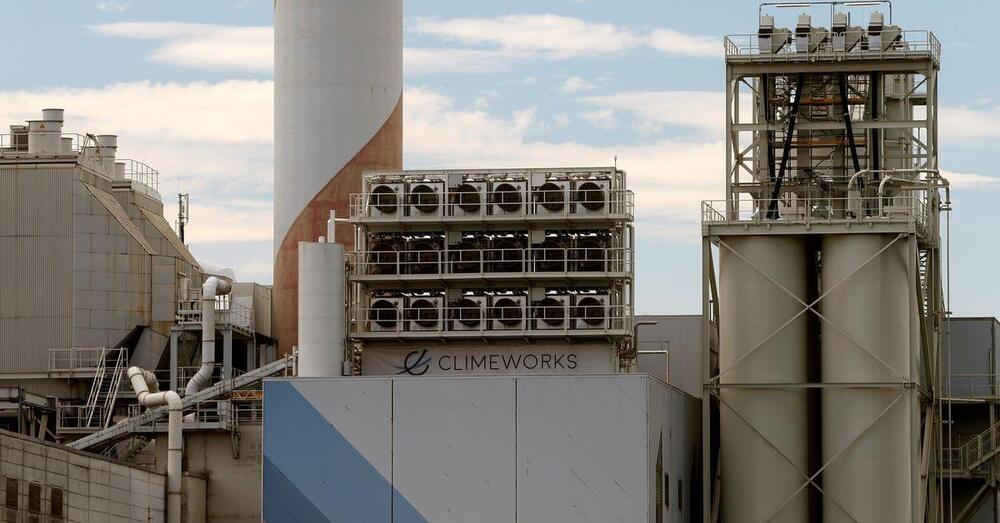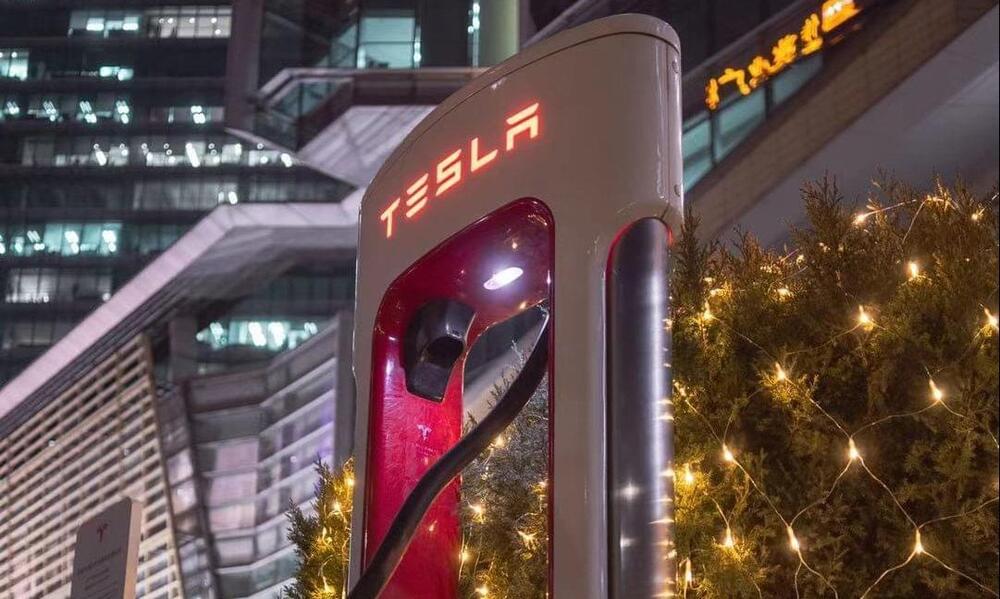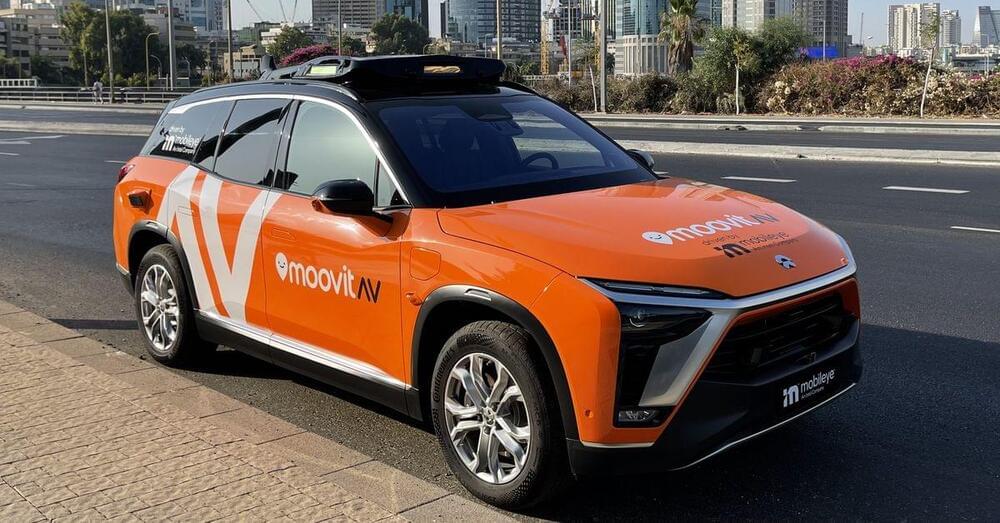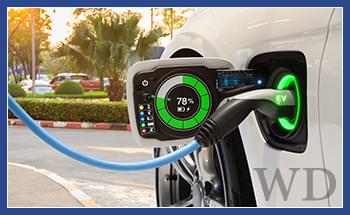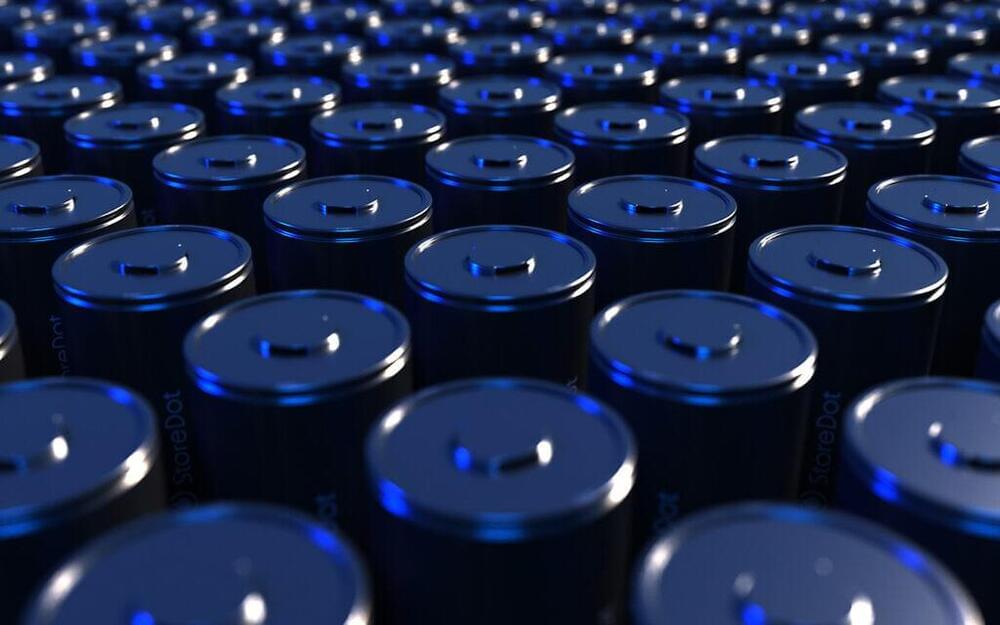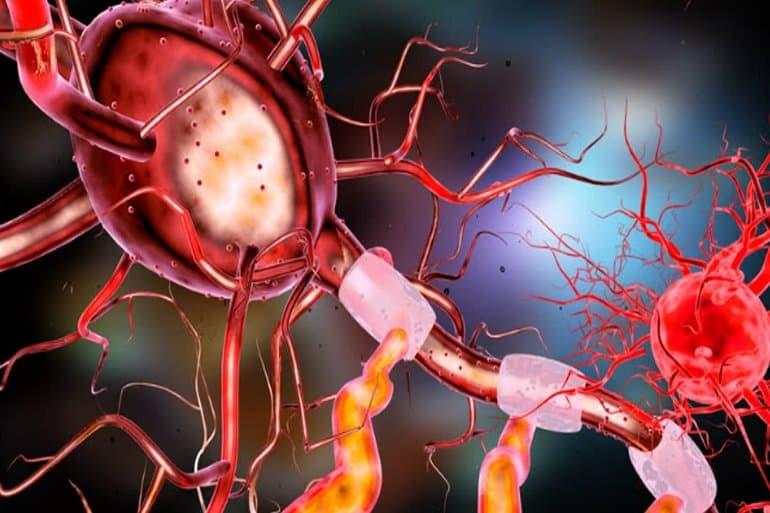The electric vehicle sector would be wise to brace for an insane expansion of the Tesla Supercharger Network. As reported by local media outlets on Tuesday, Tesla’s Supercharger V3 Factory in Shanghai had been fully completed as of August 20 2021. The facility, which is capable of producing 10,000 Supercharger V3 stalls per year, would play a key role in the company’s aggressive expansion of its rapid-charging network.
With the facility fully completed, Tesla’s ramp of the Supercharger Network would likely become much faster than ever before. This would be incredibly advantageous for the company, particularly as CEO Elon Musk has noted that Tesla would be opening its Supercharger Network to non-Tesla EVs around the end of the year. To avoid overcrowding in its existing Superchargers, the company must have a way to ensure that it has a steady supply of rapid charging stalls to install.
This is where the Supercharger V3 factory in China comes in. Tesla currently operates about 25,000 Superchargers worldwide. And while this number seems incredibly small compared to the number of gas stations across the globe, the Supercharger Network already stands as one of the most expansive and reliable rapid charging systems for electric vehicles in the market. Having a facility that could add 10,000 more Superchargers every year would then be extremely beneficial.
